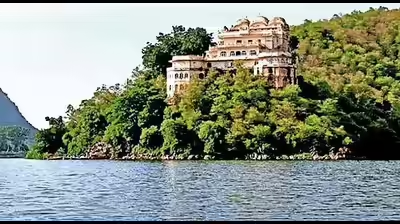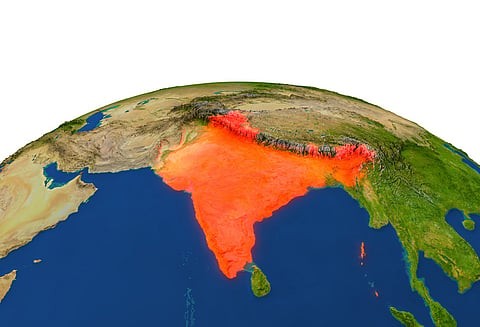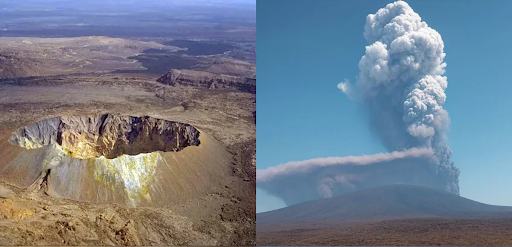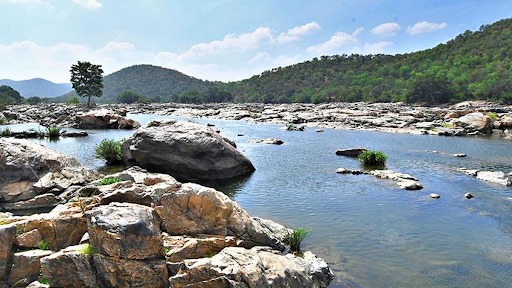Description

Copyright infringement not intended
Picture Courtesy: https://indianexpress.com/article/explained/explained-global/dagestan-restive-russia-9412426/
Context: Dagestan remains restive due to its complex socio-political and religious history, highlighted by recent coordinated attacks in Derbent.
Details
- Dagestan, a republic in Russia's North Caucasus, has a long history of conflict and unrest, shaped by its complex socio-political and religious landscape. The recent attack on a synagogue and a church in Derbent on June 23, 2024, which resulted in the deaths of at least 15 policemen and several civilians, highlights the ongoing instability in the region.
About Dagestan
- Dagestan is located at the southern tip of Russia, bordered by the Caspian Sea to the east, Azerbaijan to the south, Georgia to the west, and Chechnya to the northwest.
- According to a 2012 census, Dagestan has a population of approximately 2.2 million people, with a majority (83%) practising Islam.
- Dagestan is linguistically diverse, with 14 official languages. Russian serves as the primary language.
- The region has a complex history, influenced by Persian, Mongol, and Russian rule over the centuries. It was formally integrated into Russia during the 19th century.
- Dagestan is rich in natural resources like oil, natural gas, and minerals. However, it faces economic challenges, including high unemployment rates.
- The cultural landscape is characterised by a blend of traditions from various ethnic groups, including Avars, Dargins, Kumyks, Lezgins, and others. This diversity is reflected in its music, dance, and cuisine.
- Dagestan has a unique political structure, with a parliamentary system led by the People's Assembly. It is represented by various ethnic groups in its government.

Source:
Indian Express
Wikipedia
|
PRACTICE QUESTION
Q. The Dagestan region is frequently seen in the news it is located in:
A) Turkey
B) Russia
C) Iran
D) Afghanistan
Answer: B
|







